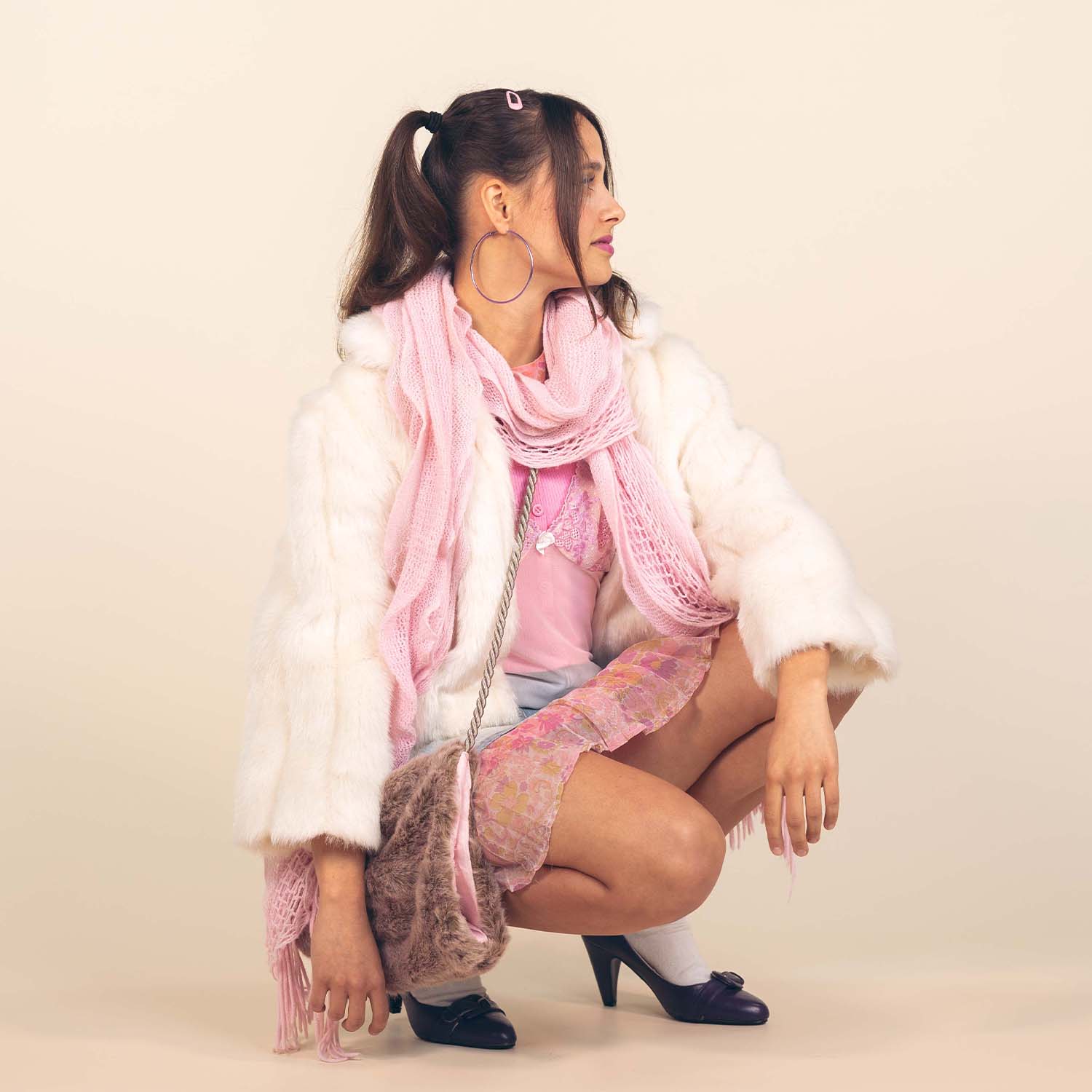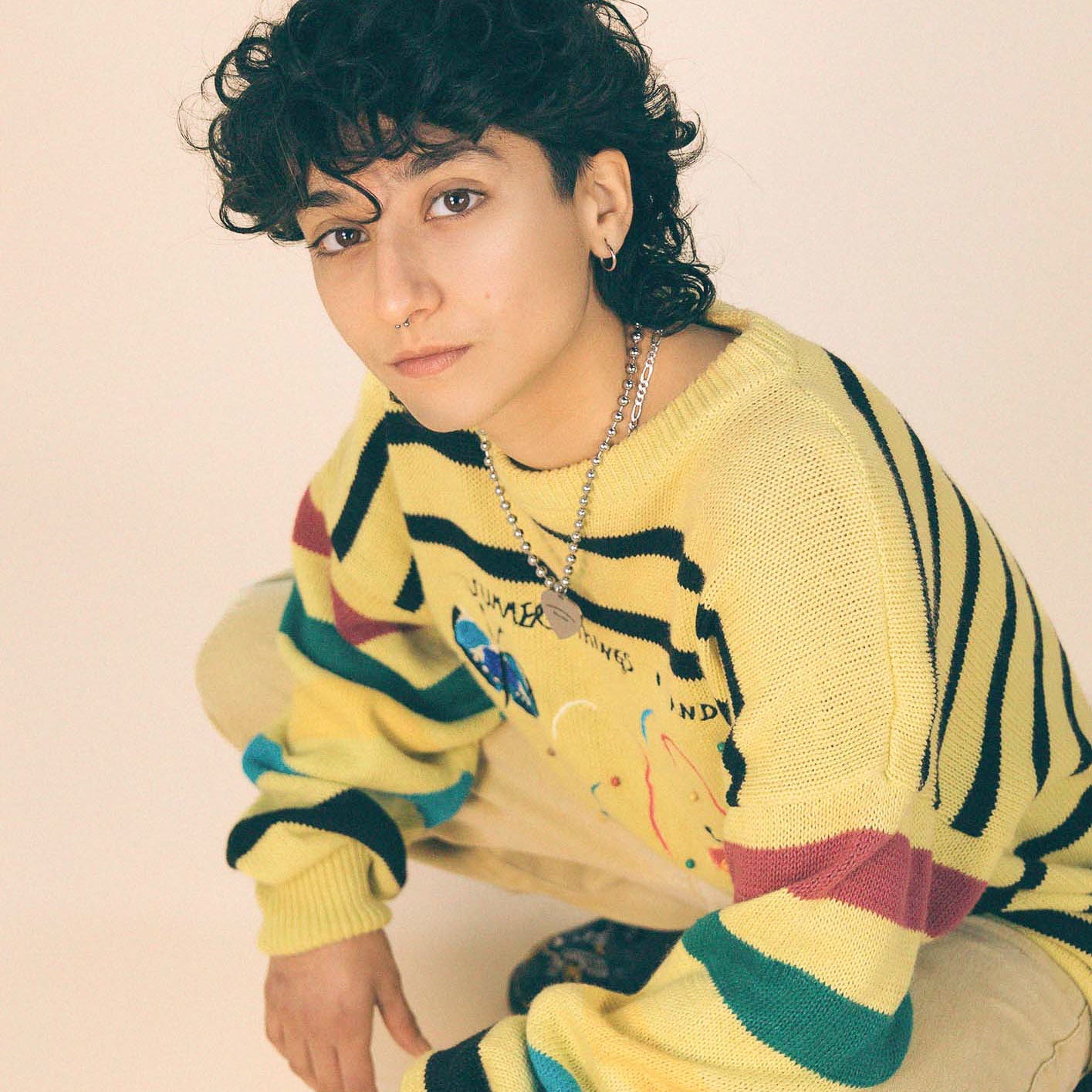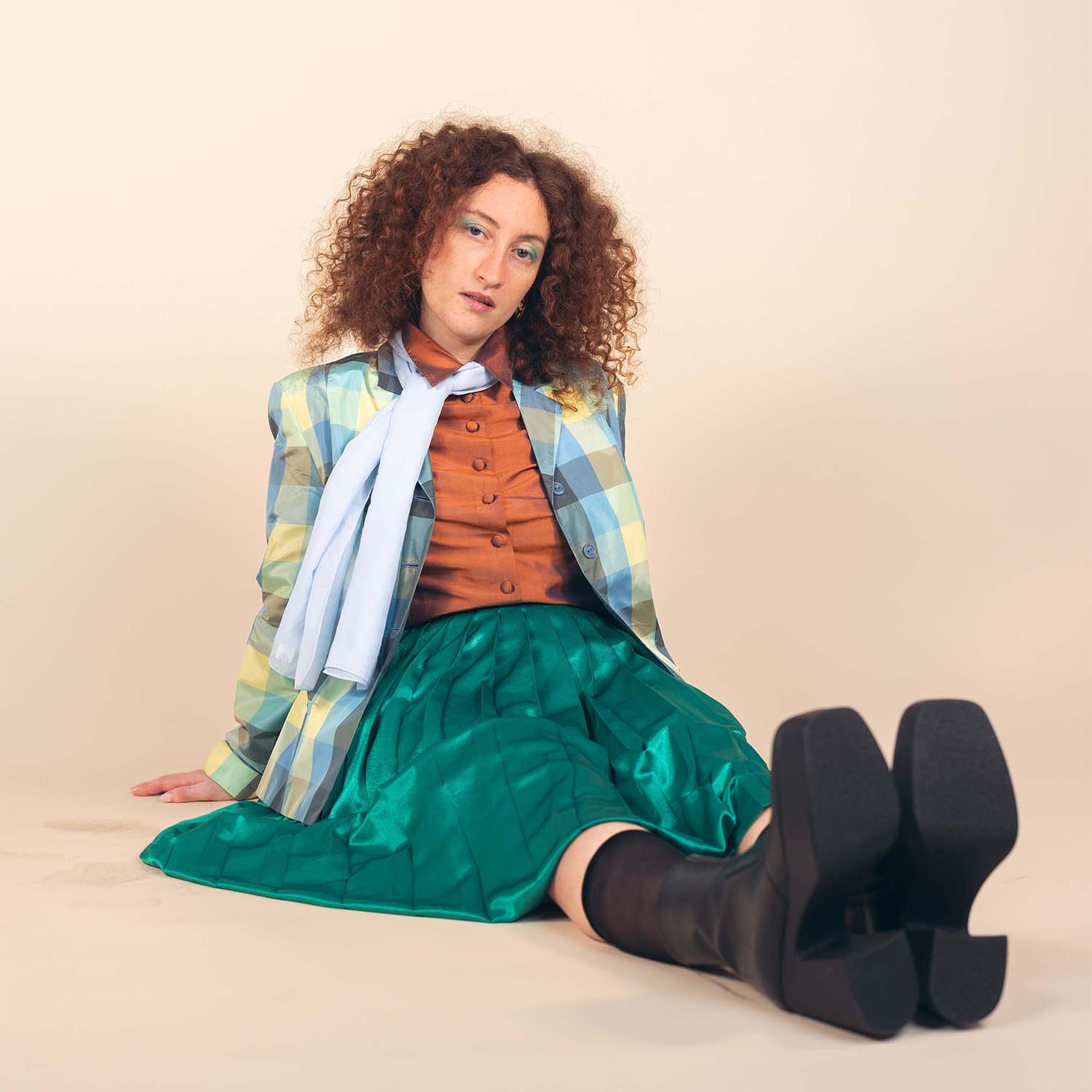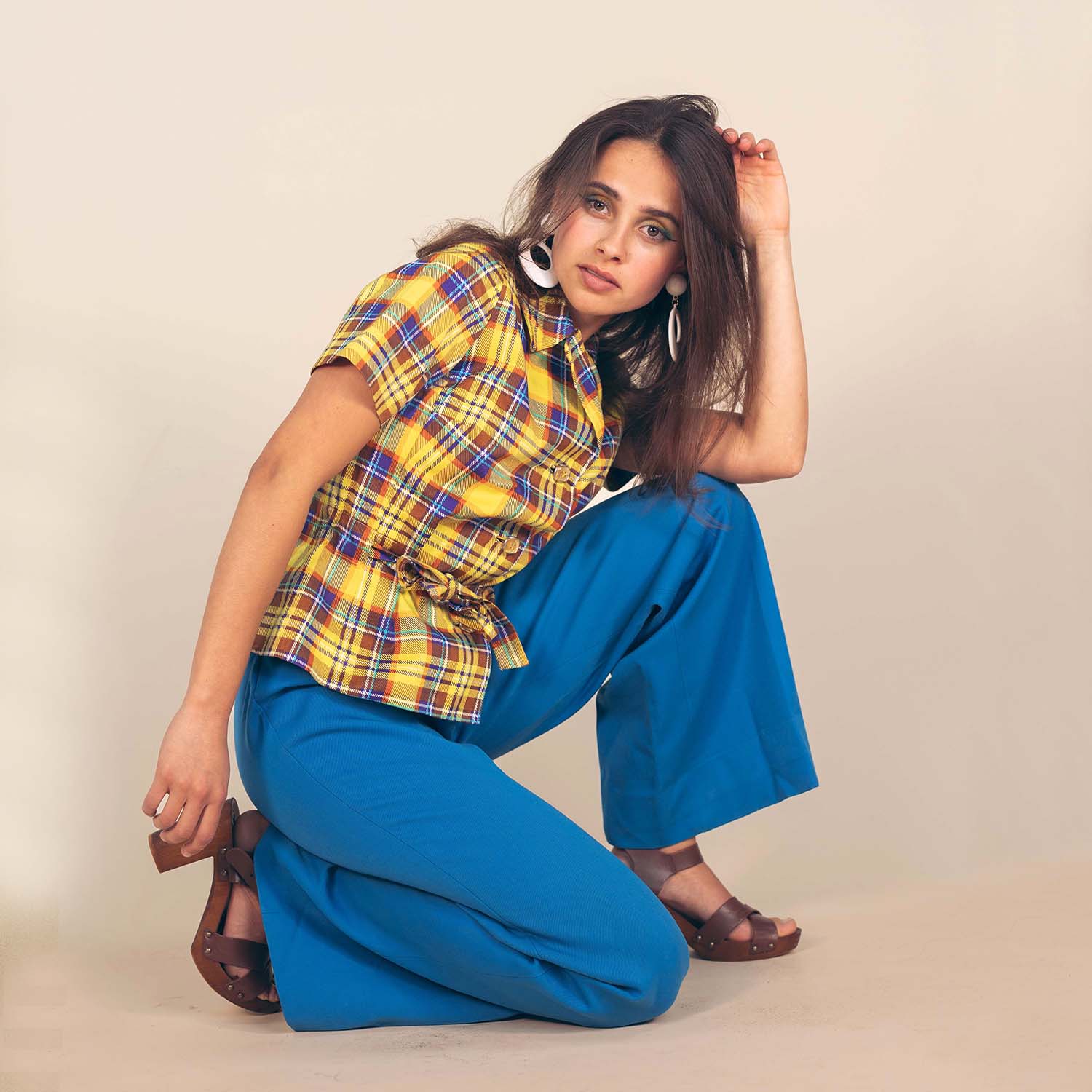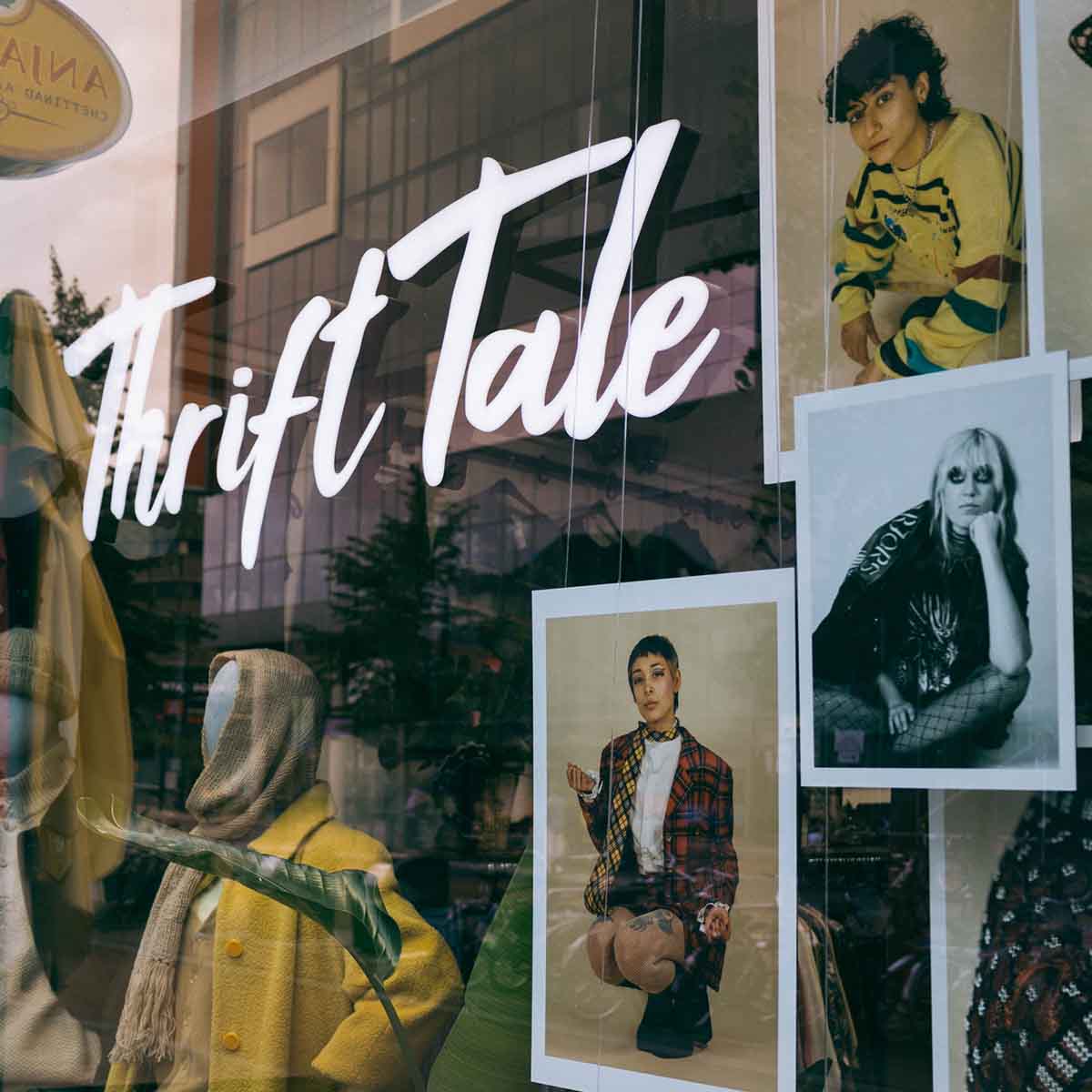
How to recognize vintage clothing?
Vintage clothing can be recognized by its appearance, each period has its own style. Before you start buying vintage clothing you can look for different styles from those periods. Below is a small summary of trends from the 1920s to 1990s:
1920
The current concept of fashion trends dates back to the 1920s, where fashion was first seen as something important. The First World War had just ended and this led to an increase in prosperity. People could afford more, which led to a true revolution in the world of fashion. Women started to dress more provocative and feminine, dresses and skirts were worn a lot higher (most dresses still fell over the knee). Popular items were the “flapper” dress, Mary Jane heels, fur coats, feather hair bands in the evening and long pearl necklaces.
1930
In the 1930s, skirts became longer, wider and more flexible. In this way, the female figure could be better emphasized. Contrary to the practical daytime wear, evening wear was very glamorous with long flouncy dresses. These were the times of Hollywood, where luxury had to be propagated as much as possible. A trend among both women and men was broad shoulders (shoulder pads). Many dresses in those days had sleeves in different shapes (such as the pleated sleeve and the butterfly sleeve) to make the shoulders look wider.
1940
The 1940s are seen as a sober era for fashion. This is partly due to the scarcity of raw materials that the Second World War brought with it. There was an enormous demand from the army for leather and cotton, at the expense of the fashion industry. As a result, the first half of the 40’s was characterised by reuse. Old made-to-measure suits of men were sewn into women's suits. Women did not wear skirts because of scarcity and the cold, pants became everyday clothing for women for the first time. However, the second half of the decade saw a revival, thanks to the 'New Look' by Christian Dior. This was a return to a feminine silhouette with a wasp waist, full bosoms and wide skirts.
(image: www.harpersbazaar.com)

1950
In the second half of the 50’s fabrics became available to the public again, this could be seen in the fashion image. Flower patterns and polka dots became very popular. Most fabrics were synthetic (acrylic, polyester and nylon) because these fabrics were easy to maintain and cheap. The 'New Look' was still very popular. At the end of the 50’s, however, there was a counter movement on the hourglass figure, with an emphasis on comfort and freedom of movement.
1960
Clothing trends in the 1960s were increasingly based on what major music, film and television stars wore. Young people in particular massively adapted their clothes and hairstyles to those of stars such as The Beatles and Brigit Bardot. In the mid-60’s there was a radical change in fashion, as the miniskirt was introduced. At the end of the 60’s the hippie movement was born, where jeans with wide legs, maxi skirts, floral prints and sandals were an integral part of fashion.
1970
Clothing from the 1970s largely build on the fashion from the late sixties. It was popular to wear tight tops and wide trousers or skirts. In the mid-70’s, women began to dress more casually. Wearing a T-shirt with jeans (high waist) and sneakers was considered normal. By 1975, the hippie look had almost completely disappeared. Women's clothing became more 'baggy'. This trend caused quite some controversy. Slim ladies complained that their figure was not nicely accentuated. At the end of the seventies, the disco look also made its appearance. Garments were often provided with glitter and were made in such a way that you could easily move around in them.
1980
In the mid-80’s the emphasis was placed on bright colours. These years were also dominated by gold, silver, neon colours and glitter. Large golden earrings and wearing many bracelets and necklaces was popular. A subculture was 'punk fashion' which was against the fashion (industry). With their mohawks, leather jackets and well-known Dr. Martins they looked quite intimidating. In the late 80’s there was the increasing popularity of short skirts and shoulder pads that became smaller.
1990
The 1990s differ a lot from previous decades. This time is not characterized by one style of clothing. There is the grunge (shirts with band names, jeans with tears, mom jeans and combat boots), hip hop (urban look) and the gabber scene (tracksuits and Nike Air Max). One of the most striking fashion trends is the increase in piercings and tattoos. The fashion industry in the 90’s was completely dominated by 'supermodels' like Kate Moss and Tyra Banks. Popular garments were denim blouses, brightly colored leggings, three-quarter pants, cyclist pants, black denim jackets, dungarees and leg warmers.
Labels
Besides the style of clothing, labels are important. For example, labels with washing instructions have only existed since the 1960s. A garment with washing instructions can therefore never have been made in the fifties. Plastic zippers were only introduced in the sixties and many nylon fabrics were used in the thirties and forties. Clothing made at the beginning of the last century often has no brand. There was no mass production yet (as clothing is made nowadays). If the garment does have a brand label, you have probably never heard of it. Sometimes it says in a garment that it was made in West Germany, which indicates that the garment was made between 1946 and 1990.
Material
Finally, it is important to pay attention to the material of the clothing. The material of vintage clothing is one of the best things about the items: luxurious materials are often used that are sought after and expensive. The pleasure of wearing vintage clothing is largely determined by how beautiful the material is! Your enjoyment wearing it will be dictated to a large degree by how nice the material is. Here’s where technology is important, when a fabric was invented or introduced is a certainty. Nylon was first used in the 30's and 40's, so that cute nylon 20's dress is not a real 20's dress. Pay a lot of attention to the fabric when you want to use the item to wear, it is necessary that the condition of the garment is good. If the item is damaged, the value and life span will decrease. So think carefully before you buy something that either needs major work or cannot be repaired. It can become expensive to have it repaired.
There are different types of fibres:
- Natural fibres (cotton, wool, silk, linen, leather, etc.).
- Man-made fibres (viscose, modal, lyocell, etc.).
- Synthetic fibres (nylon, polyester, polyamide, etc.)
An effective way to test the fabric composition is to (gently) burn a piece of the fabric (the burn test). Another way to build up your knowledge is by touching fabrics and looking at the labels, but since many fabrics are a mixture of fibres, the burn test will give a more accurate result. On the Vintage Fashion Guild website, you can check whether certain material (or brand) has been used for vintage clothing.
Next week the last part about vintage clothing, we're going to talk about the difference between vintage and second-hand clothing.





